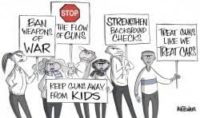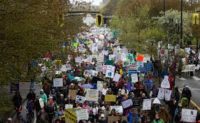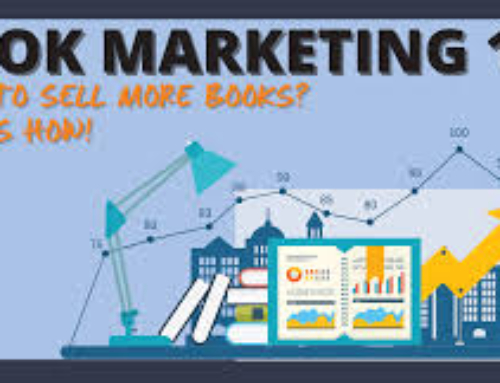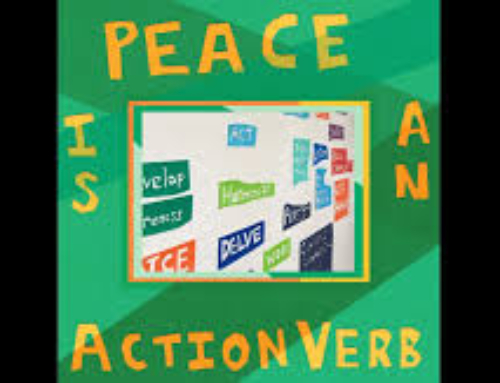America and its Guns
 On Saturday, my wife and I went to the March for Our Lives in Washington. I haven’t worked much on gun issues over the years. But, like most of the people I know, it’s clear to me that we’ve reached a turning point at which a) we have to do something and b) the political tides have begun to shift enough for things to begin to change. Emphasis on begin.
On Saturday, my wife and I went to the March for Our Lives in Washington. I haven’t worked much on gun issues over the years. But, like most of the people I know, it’s clear to me that we’ve reached a turning point at which a) we have to do something and b) the political tides have begun to shift enough for things to begin to change. Emphasis on begin.
The fact that I’ve never fired a gun should probably suggest where my preferences lie. However, I also know that there is no simple “gun control” answer that could be passed into law, let alone solve the multi-faceted problem of gun violence that goes way beyond the school shooting that drew so many of us out this weekend.
My views are tempered, too, by the fact that I study comparative politics, and my wife and I were living the UK at the time of the 1996 Dunblane school massacre—as the British themselves called it. So, I have professionally spent a bit of time looking at other countries’ policies and have seen the UK come as close as any country ever does to turning on a clichéd dime. Within a matter of months, the government of Conservative Prime Minister John Major ushered legislation through Parliament that made it all but impossible for individual citizens to own handguns and reinforced strict safety regulations on those that still owned hunting and sporting rifles.
The British model won’t work here for lots of reasons. Even the most adamant proponent of gun control accepts the fact that we are not going to repeal the Second Amendment. There are so many guns in circulation already that we could not imagine running a buy back program like the British did after Dunblane that removed most guns from circulation.
Nonetheless, I was struck by two things yesterday.
First, there was tremendous good will among the protesters. We saw that even on the Metro ride going into the city. We rode with a woman and three of her elementary school aged children, all of whom simply want to be safe in school. No anger from either the mother or her children. Also in the car was an Iranian-American free lance press photographer who felt he had to go cover the march because her daughter was going and because as an immigrant, he cherishes the freedom he would not have had if his family stayed in Iran. That good will was evident at the march, too. We were so far in the back that we could barely hear what was being said. So, we watched people and looked at signs. Person after person I overheard and sign after sign I saw in the crowd talked about finding ways of working with the gun rights community to find steps we can all agree on to protect kids like the three who rode in on the Metro with us.
 Second, that same morning, the Washington Post ran Robert Gebelhoff’s story, “The is How We Save Lives From Gun Violence” which started with this cartoon. Unlike most of the writing on the subject, Gebelhoff steered away from the histrionics and took a deep dive into the evidence that suggests that some incremental steps we might all agree on could make a difference. Here are some of them, albeit presented not quite in his order.
Second, that same morning, the Washington Post ran Robert Gebelhoff’s story, “The is How We Save Lives From Gun Violence” which started with this cartoon. Unlike most of the writing on the subject, Gebelhoff steered away from the histrionics and took a deep dive into the evidence that suggests that some incremental steps we might all agree on could make a difference. Here are some of them, albeit presented not quite in his order.
- Although he doesn’t get to it until near the end of the article, the US is what we political scientist call an outlier. Yes, Americans own twice as many guns per capita as our counterparts in any other advanced democracy. The graph he presents illustrates a simple trend. The more guns there are in a country, the more gun related deaths there will be.
- Inside the US, he presents data that show how the lapsed ban on assault rifles probably contributed to fewer deaths because there were not as many of those weapons used at crime scenes.
- States that have laws that regulate how guns are stored in people’s homes have fewer teenage suicides that involve guns.
- Similarly, states with the most robust background checking systems have somewhat lower rate of gun-related deaths.
- By looking at the comparative evidence, he discovered that some policies that are consistent with the Second Amendment have worked elsewhere, That starts with the kind of buy back programs we saw working in the UK. We can limit the number of guns a single individual can purchase at any one time. We can make background checks stricter, expect more accountability from gun dealers, and more.
 I am not saying that Gebelhoff has all the answers any more than the hundreds of thousands of people who showed up on Saturday do.
I am not saying that Gebelhoff has all the answers any more than the hundreds of thousands of people who showed up on Saturday do.
What I did see is a growing commitment on the part of average Americans to one of the most powerful chants of the day, “enough is enough.” And, whether that was his goal or not, Gebelhoff gave them some tools to build a consensus around.
And, I was so struck by the calm and dignity of the protest that I noticed that the police officers who provided security for the event didn’t seem to be doing much. So, I was moved to go up to an officer who was eating his lunch and thanked him for being there. Then I noted that when I stood in the DC streets fifty years ago in similar marches against the war in Vietnam, our relationship with the police was nowhere near as civil.
Maybe, just maybe, we have made some progress.
Maybe, and just maybe, we can makes some more.
It’s about time. After more than fifty years of it, I’m tired of marching.
The views and opinions expressed in this article are those of the author and do not necessarily reflect the official policy or position of the Alliance for Peacebuilding or its members.
Also published on Medium.





